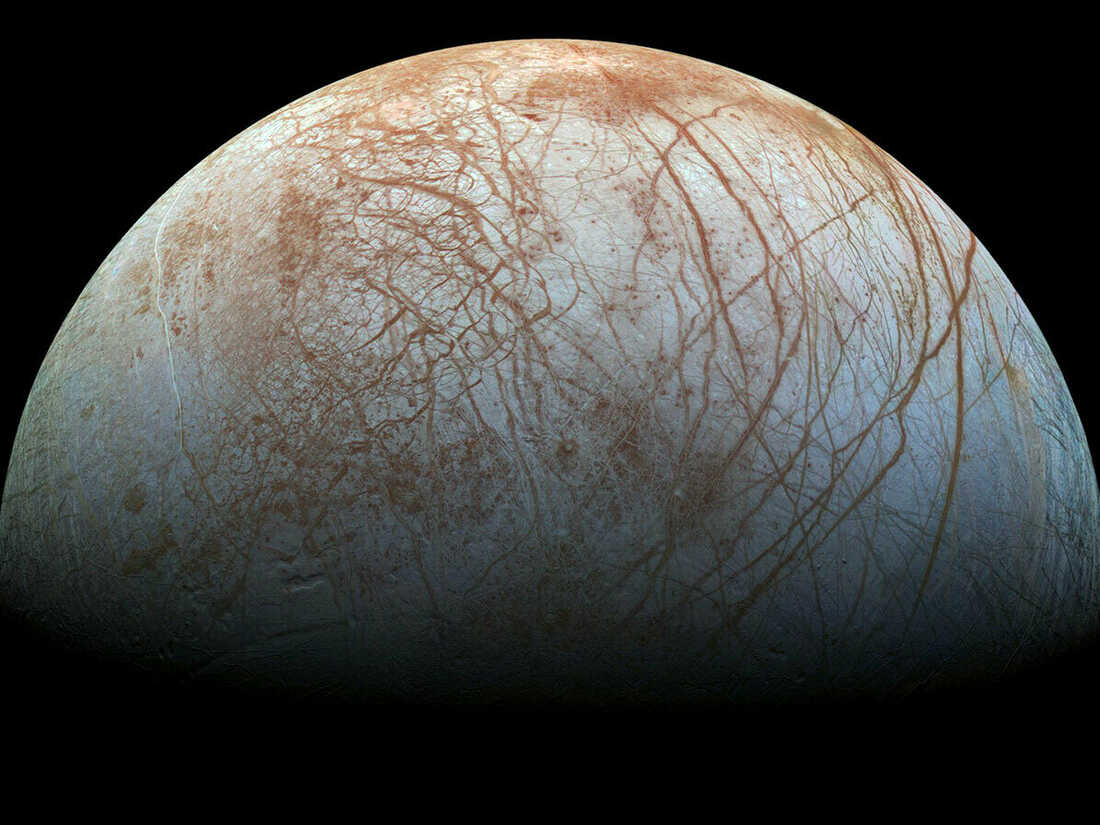
Mercury has shrunk by7 km. Most of this happened long ago, but now we have evidence that it continues.

In 250 million years, for the first time since Pangea cracked apart, the continents of Earth will crash together into a new supercontinent dubbed Pangea Ultima.

Now, using the James Webb Space Telescope, astronomers have found carbon on Europa’s surface, which likely originated in this ocean. The discovery signals a potentially habitable environment in the ocean of Europa.

NASA's OSIRIS-REx mission has delivered pieces of asteroid Bennu, which scientists hope will offer a window into the early era of the Solar System billions of years ago.

India’s Chandrayaan-3 moon rover has confirmed the presence of sulphur and detected several other elements on the lunar south pole, says the country’s space agency.

After years of dedicated research and over 5 million supercomputer computing hours, a team has created the world's first high-resolution 3D radiation hydrodynamics simulations for exotic supernovae.

Traveling to space poses many risks to the human body. Since NASA wants to send a manned mission to Mars in the 2030s, scientists need to find solutions for these hazards sooner rather than later.

A NASA spacecraft will fly by Earth on Sunday and drop off what is expected to be at least a cupful of rubble it grabbed from the asteroid Bennu, closing out a seven-year quest.

According to a new analysis of lunar craters, these pocks and divots that mar and characterize the lunar surface are too young for the long-term retention of ancient reservoirs of water ice.

The intrepid little spacecraft flew through a coronal mass ejection, helping scientists understand space weather.

Hawaian researchers discovered that high energy electrons in Earth's plasma sheet are contributing to weathering processes on the moon's surface and the electrons may have aided the formation of water on the lunar surface.

The curvature of space-time around a colossal mass has yielded the most detailed measurement of the cosmic distribution of dark matter yet.

Something is causing nothingness to grow, squeezing its way into the gaps between galaxies to gently push the large scale structure of the Universe apart at an ever increasing rate. We call this something "dark energy".

Nasa's Perseverance rover has been able to generate 122g of breathable oxygen - enough to sustain a human for three hours on the Red Planet.

A radio telescope in Australia recently captured a stunning image of NGC 4632, a galaxy some 56 million light-years from Earth. The image reveals a halo of cool hydrogen orbiting perpendicular to the galaxy itself.